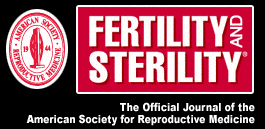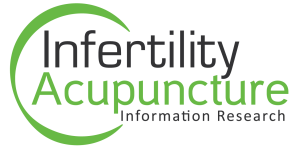
Point- and frequency-specific response of the testicular artery to abdominal electroacupuncture in humans.
Cakmak YO, Akpinar IN, Ekinci G, Bekiroglu N.
Department of Anatomy, School of Medicine, University of Marmara, Istanbul, Turkey. ycakmak@marmara.edu.tr
Abstract
OBJECTIVE: To clarify the role of the abdominal acupuncture points and the frequency of short-term electroacupuncture (EA) stimulation on testicular blood flow (TBF) in humans.
DESIGN: A prospective, randomized study.
SETTING: University hospital, Department of Radiology, ultrasound unit.
PATIENT(S): Eighty healthy male volunteers were randomly allocated to three groups in stage one and to a single group in stage two. In the first stage of the study, the abdominal acupuncture points ST-29 (guilai) were stimulated using simple needle insertion, 2 Hz burst EA or 10 Hz EA, in three different groups. In the second stage of the study, abdominal acupuncture points ST-25 (tianshu) were stimulated with the frequency found to be more effective in stage one. Stimulation was for 5 minutes in each group.
INTERVENTION(S): Electroacupuncture and Doppler flowmeter.
MAIN OUTCOME MEASURE(S): Four groups were compared for volume flow and other related parameters of TBF.
RESULT(S): The 10-Hz EAcupuncture stimulation of ST-29 (guilai) increased TBF, but simple needle insertion and 2-Hz burst stimulation did not. The 10-Hz EA stimulation of ST-25 (tianshu) did not result in significant changes in TBF.
CONCLUSION(S): For the first time point- and frequency-specific effects of abdominal E Acupuncture on testiclar blood flow are shown in humans. Further investigation is required to ascertain whether these findings may be helpful in the clinical treatment of infertile men.
PMID: 18076881 [PubMed – indexed for MEDLINE]
